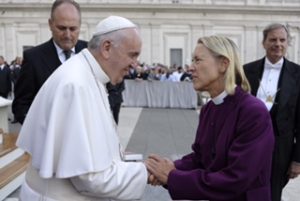
I am very aware as I write this that this will be my last blog. In this blog, I feel compelled to share my words of gratitude. Push-ups to all!
I am so grateful that I took this course. I am grateful for the people with whom I have shared this three week journey. I am grateful for my friend Mary who invited me to join her in taking this course. I am grateful to Pushpa Iyer for accepting me into the program. And I am so grateful for the students in this class. The other students are amazing! The depth of experience, wisdom and passion that they bring to this course is remarkable. I have learned so much from my new friends. Conversations about Nepal, India, Thailand and Egypt for example have impacted me in profound ways, and I know they will continue to inform my journey.
I am grateful for the course content as well. I did most of the readings beforehand and I was really looking forward to exploring the content they revealed more fully during the sessions. I was not disappointed. I will refer to many of the readings again as they have given me new tools to use as a peacebuilder. Whether it is being aware of the difference between gender and sex or thinking about fragility as the opposite of resiliency, I have new ways to process information and, more importantly, to listen to others.
The sessions themselves have been amazing and I am grateful for each and every one. The wide range of topics has helped me to begin to explore new ways of being a peacebuilder and gave me some new frames by which to think about the peacebuilding work I presently do. For example, Wednesday, August 9th when we spoke about “reconciliation,” I found myself thinking about this familiar word in new ways. The conversation about the diversity of definitions of reconciliation alone helped me to see new challenges and opportunities that reconciliation presents. Is it justice, forgiveness, mercy or trust? Unpacking what people want when they say reconciliation deepens the process for me and moves it forward in some new ways.
I am also grateful for the people that made my time away from my office for 3 weeks possible. While some of my time away was continuing education and other time was vacation, through all of it, my administrative assistant, Suzanne, has stayed on top of my work. Her peaceful presence grounds me in my daily routine in so many helpful ways.
And I grateful to God. To serve the one I call the Prince of Peace defines my journey and I’m humbled to walk this path. While I know I still have much to learn, I feel better equipped to be about the work of being a peacebuilder. I am grateful for this experience.





 Laura Ahrens and Myra Goodman
Laura Ahrens and Myra Goodman


